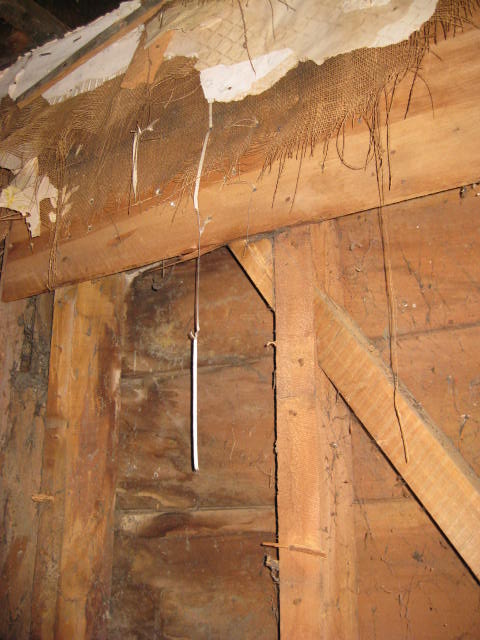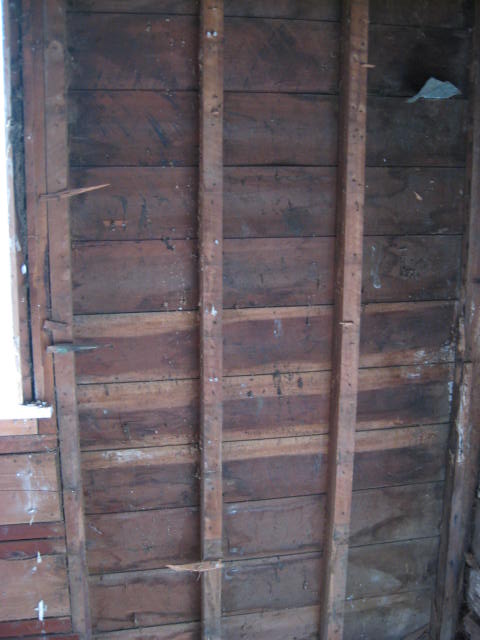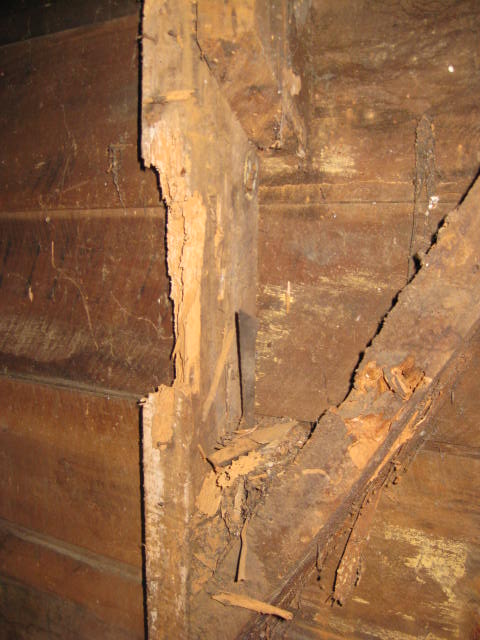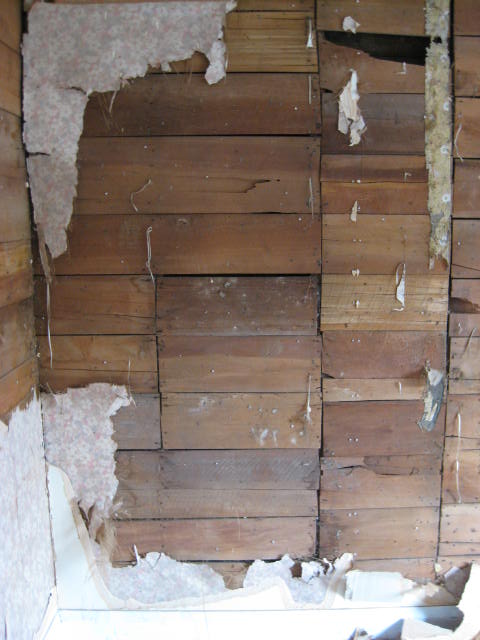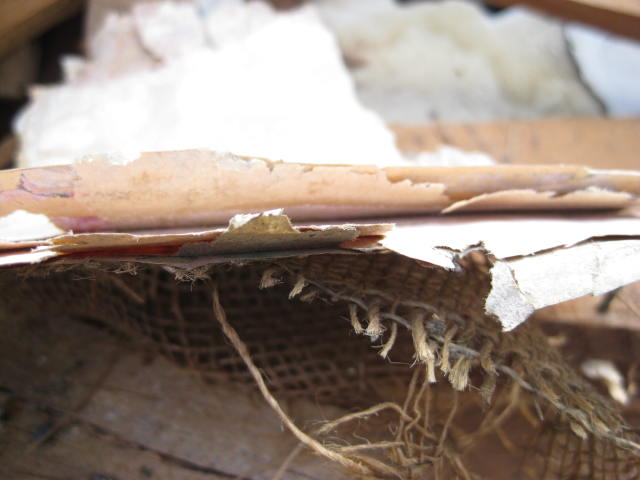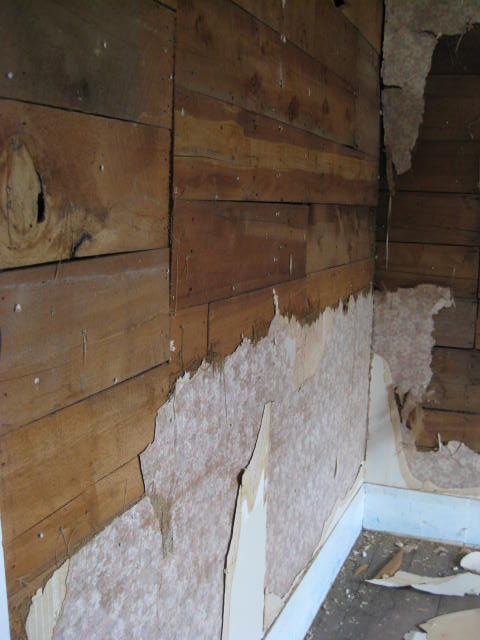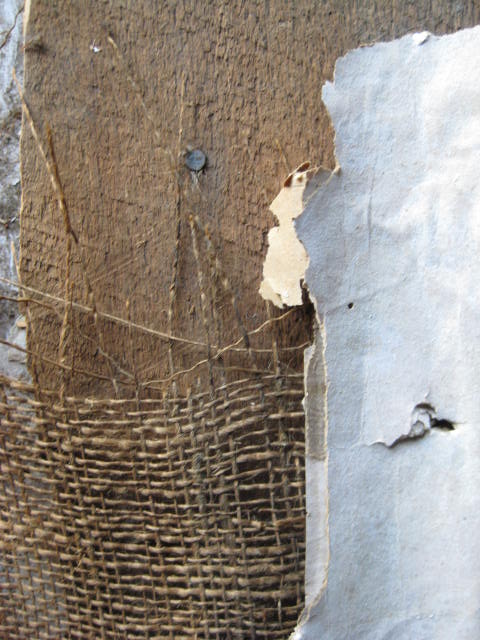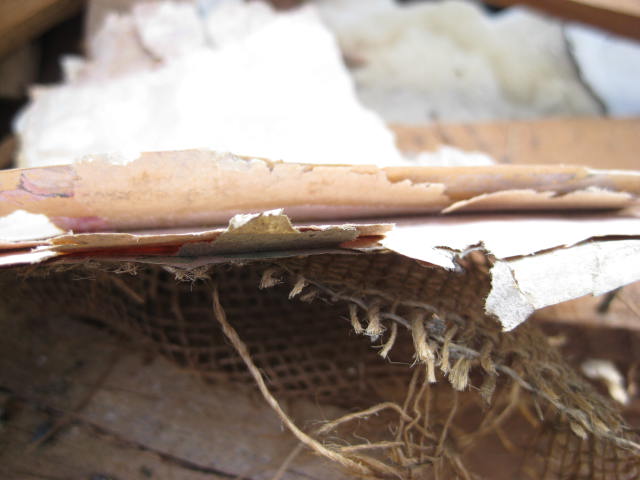
Replacing Scrim With GIB – What Does It Cost To Re-GIB?
Written by Claire on . Posted in About Houses, Renovation
In previous post we discussed what Scrim and Sarking is and why it should be replaced. Then we talked about just what re-GIBing is. Now we are getting down to it – the money...
What is it Going to Cost to Re-GIB – The Basics
For a straightforward room (a small double room with not too many fiddly bits!) the cost of re-lining with plasterboard (re-GIBing) depends mostly on the wall area that is being covered. It can cost upwards from $800 - $1,000 per room to get the room to a state that it is ready for painting i.e. Plasterboard put up and plastering of the joins to give a smooth finish (GIB Stopping). This price would be for a DIY job with a GIB-stopper hired in. A big factor is whether you do it yourself or hire in the professionals – this will add a lot more to the cost - and if this is the way you are going - get a few quotes.
The type of plasterboard or GIB you use can impact on the cost – GIB Standard® is the most inexpensive – if you use GIB Aqualine® in wet areas such as kitchens, bathrooms and laundry’s or GIB Noiseline® where you want noise reduction then the will cost a bit more. To find out more about the GIB products check out their website.
What is it Going to Cost to Re-GIB – Wait! There’s More!
How you prepare the room for re-GIBing can impact hugely on the cost – are you going to strip all the Scrim and Sarking off? Or just strip off the Scrim and screw Plasterboard to the old Sarking board?
Commonly the Sarking board provides a horizontal bracing element for the house – i.e. there are no Dwangs behind Scrim & Sarking walls – you will need to replace this bracing element if you remove the Scrim & Sarking completely. This is now a structural issue – don’t ignore it! It important to address properly and may involve putting in new Dwangs and/or even using a product such as GIB Braceline®.
If you do remove the Scrim and Sarking completely you never know what you are going to find. Often you find relic’s from a bygone era in the form of old coins, bottles and cutlery, but less fun is finding rot – which will need to be repaired, and the source of the rot identified and fixed, before you can re-GIB. The costs of this kind of find can add up...
If you are planning on insulating (which is always a great idea!) this adds to the cost, and again, if you choose higher rated insulation or insulation with noise reduction properties the cost will increase.
How do you insulate if you are not removing the Sarking Board? You can take out every third board and feed the insulation in. This keeps the bracing element of the Sarking Board but allows you to insulate the wall cavity. Just remember where the missing boards are when you are screwing the GIB on!
Something that can really impact the cost of re-lining is what you decide to do with the existing covings, architraves and skirting board – can they be kept in place? Removed and reused? Or do they need to be replaced? The majority of re-GIBing situations require coving, skirting board and architraves to be removed.
Sometimes a ‘work-around’ can be arranged if you have intricate moulded covings you want keep. Re-GIBing can be done where the GIB butts up next to architraves and sits on top of skirting boards – but in most cases it is hard to get a good finish with this technique.
So replacing your Scrim and Sarking wall linings is going to take a bit of planning, and probably a bit more money than you thought - so make sure you have the time and the budget to do it properly before you start.
The Propertytoolbox Home Buyers Guide
Want more home buying info and advice? Head to our home buyers guide. With advice on all aspects of the home buying process - all you need is here.



